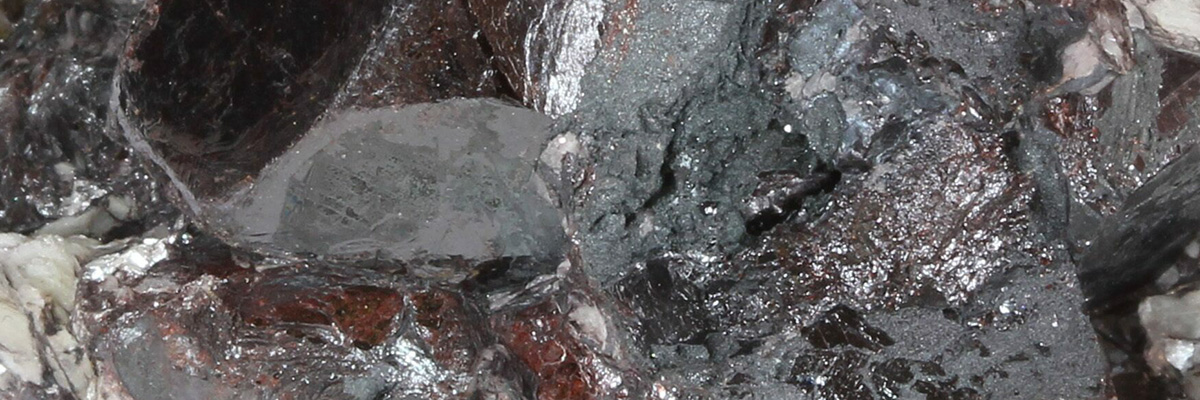Rutile is a titanium dioxide mineral known for its reddish-brown to black color and brilliant adamantine to submetallic luster. Its physical characteristics include well-formed prismatic or acicular crystal structures, which can vary in size. Rutile is commonly found in metamorphic rocks, such as schist and gneiss, and is often associated with minerals such as quartz, garnet, and muscovite.
Usage
Rutile is an essential ore for the production of titanium, which is used in various applications, such as aerospace, automotive, and medical industries. Titanium is valued for its high strength-to-weight ratio, corrosion resistance, and biocompatibility. Rutile is also used in the production of titanium dioxide, a versatile and widely used pigment in paints, plastics, paper, and even food products. Additionally, rutile’s unique properties make it useful in the manufacture of welding electrodes and photocatalytic materials.
Gemstone
Rutile inclusions in gemstones, such as quartz, can create fascinating and unique visual effects. Rutilated quartz, for example, is highly sought after for its beautiful golden needle-like rutile inclusions that create stunning patterns within the quartz. This unique combination makes rutilated quartz an appealing gemstone for various jewelry items, including rings, necklaces, and earrings.
Origin
Rutile forms in nature through various geological processes, including the crystallization of magma in igneous rocks, as well as through metamorphic processes involving titanium-rich minerals. Rutile can also form in sedimentary rocks as a result of the weathering and erosion of pre-existing rutile-bearing rocks.
Occurrence
Rutile is found in a variety of geological environments, including igneous rocks such as granite and syenite, and metamorphic rocks like schist and gneiss. Some of the most significant deposits of rutile can be found in Australia, Brazil, India, Norway, and the United States. These areas are known for their abundance of geological environments suitable for the formation of rutile minerals.
Metaphysical
In metaphysical and spiritual practices, rutile is believed to have a range of properties. The mineral is said to help individuals release negative energies and emotions, and to promote feelings of confidence, motivation, and balance. Rutile is also considered a stone of spiritual protection, and can be used to ward off negative influences and enhance one’s connection to the higher self. Additionally, the mineral is said to promote mental clarity and focus, and can be used to enhance one’s creativity and intuition.
| Class | Oxides |
| Formula | TiO2 |
| Luster | Adamantine to submetallic |
| Hardness (Mohs) | 6 – 6.5 |
| Streak | Pale brown |
| Color | Reddish-brown, black, brownish-yellow |
| Cleavage | Good in one direction |
| Specific Gravity | 4.2 – 4.3 |


